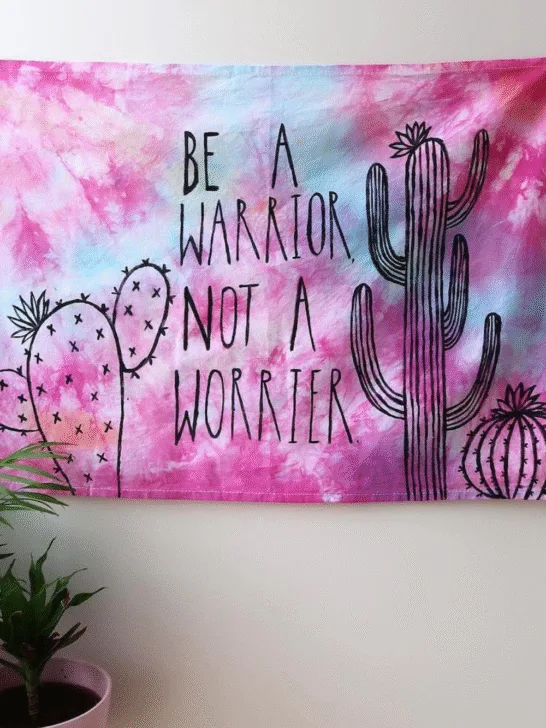Tie and dye isn’t just a fashion trend—it’s an expressive art form you can do right at home. Whether you’re refreshing an old T-shirt or personalizing home fabrics, the endless patterns and color options make it a favorite among creatives of all ages. Here are 10 easy yet inspiring tie and dye ideas you can try for a splash of color and originality.
10 Tie and Dye Ideas to Try at Home
1. Classic Spiral T-Shirt
The spiral design is a timeless favorite. Twist your fabric from the center, secure it with rubber bands, and apply your dyes in segments. This method works beautifully on white cotton tees for bold, psychedelic results.
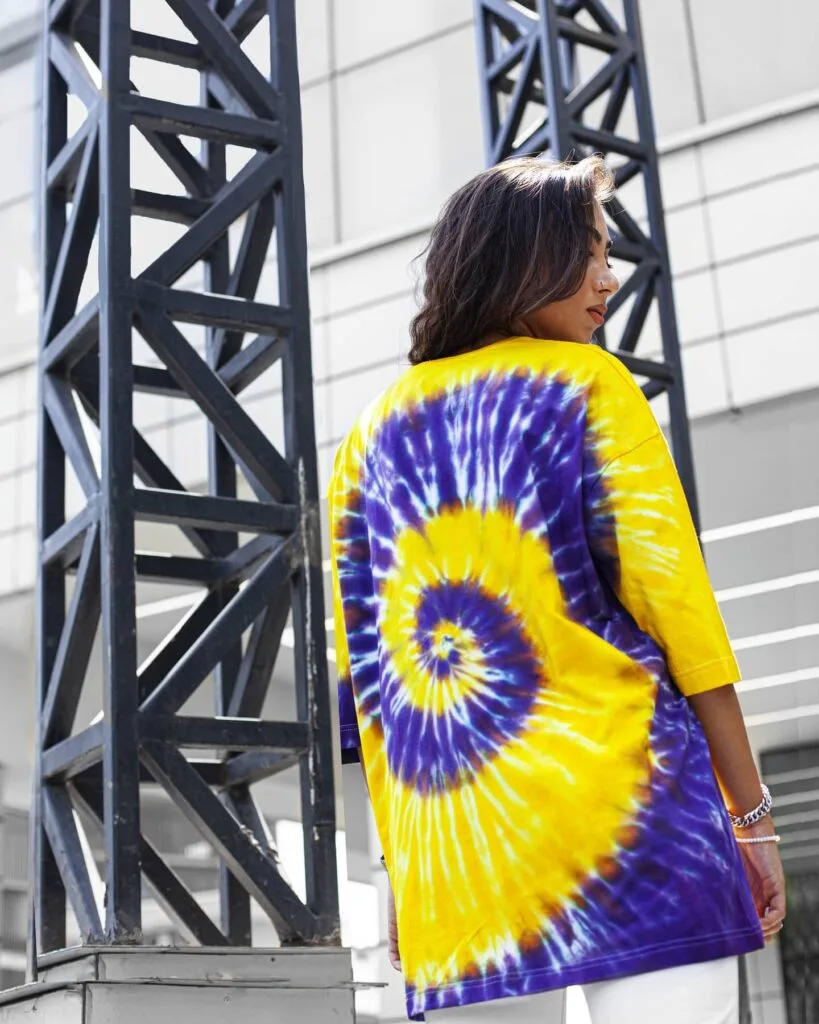
2. Crinkle Technique on Bed Sheets
Great for home decor, the crinkle or scrunch dye method creates a marbled texture. Scrunch the fabric randomly and apply dye directly or in spray form. The result? A dreamy, abstract look perfect for pillowcases or duvet covers.
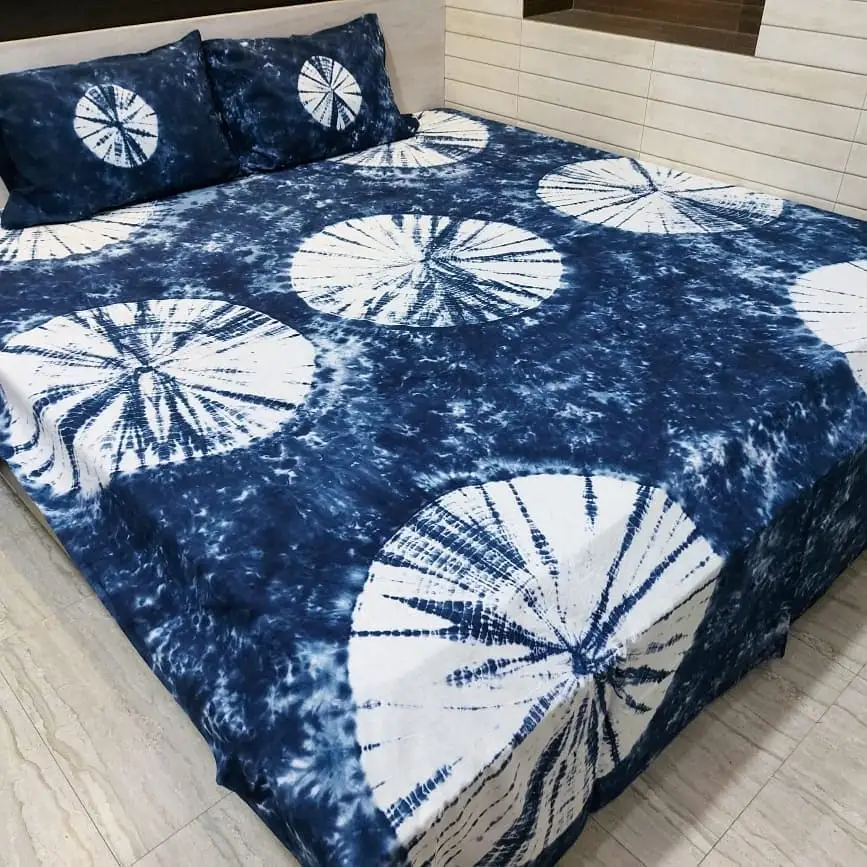
3. Reverse Tie Dye with Bleach
This edgy variation uses bleach instead of color. Tie a black T-shirt, apply diluted bleach, and watch patterns emerge in coral, tan, or even pink shades.

4. Sunburst Socks
Brighten up your sock drawer with tie and dye. Pinch small sections of each sock, band them off, and apply multiple vibrant hues for mini sunbursts that look amazing with sneakers.

5. Stripes on a Tote Bag
Fold your canvas bag accordion-style and band it evenly to create horizontal or vertical stripes. Ideal for crafting chic, reusable grocery or book totes.
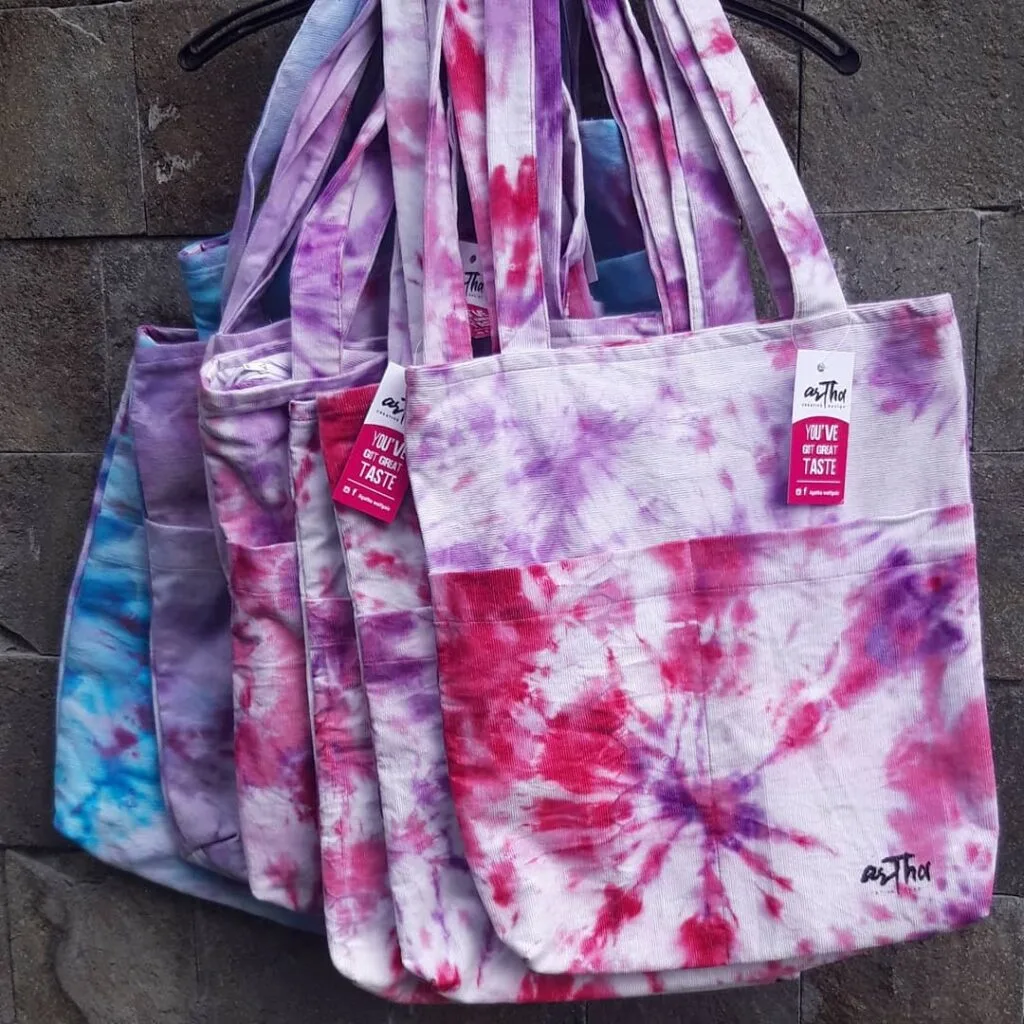
6. Galaxy Dye on Leggings
Use navy, purple, and black to create a cosmic pattern on leggings. Speckle with bleach or white paint for a galaxy effect that feels artistic and celestial.
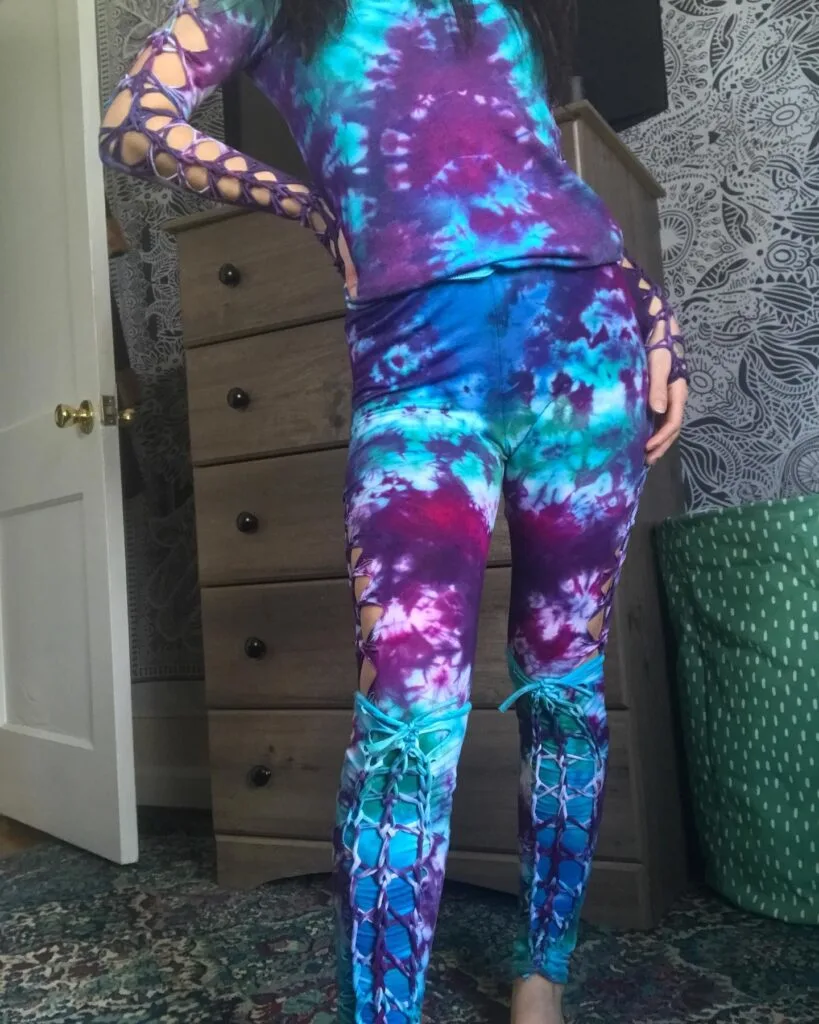
7. Mandala Wall Hanging
Use a large piece of cotton fabric or muslin and create intricate folds in circular patterns. Use multiple dye colors to mimic the spiritual symmetry of mandalas. Perfect for room decor or spiritual spaces.
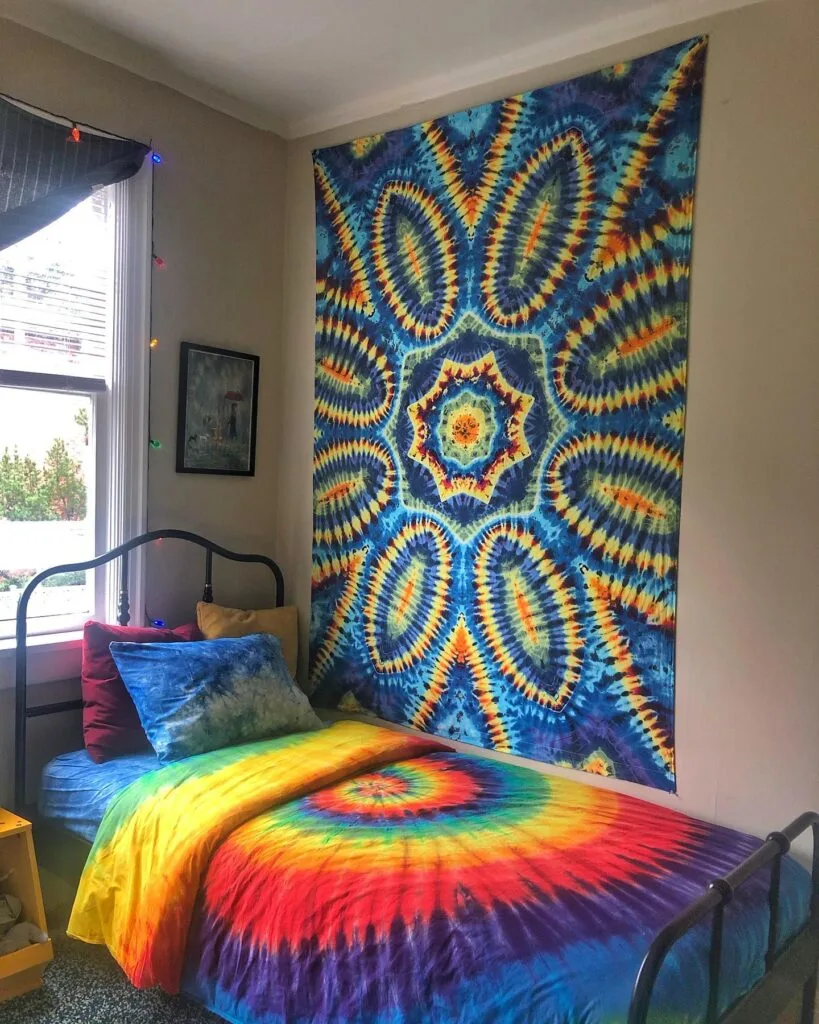
8. Chevron Dye Curtain Panels
Fold long panels of fabric into zigzag accordion pleats, then apply dye in alternating color sections. The result is a chevron pattern that adds modern flair to your windows.
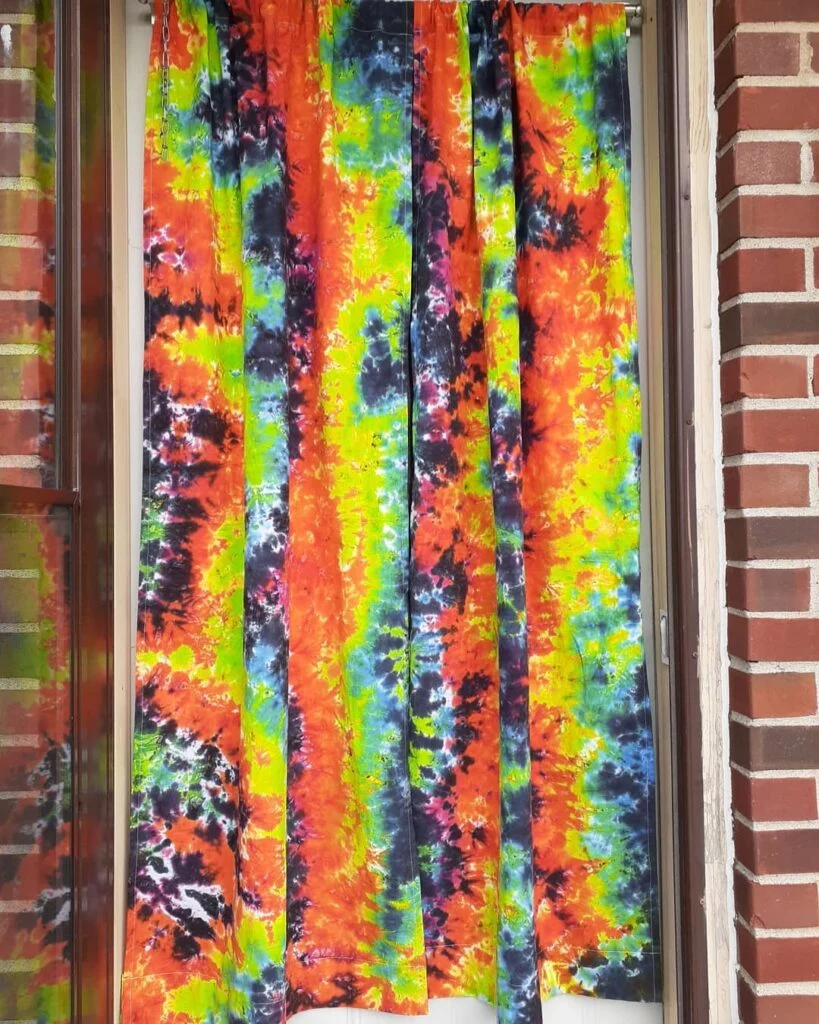
9. Pastel Ombré Dress
Dip-dye a plain white dress in diluted pastel hues for a soft ombré gradient. Subtle color transitions make this style elegant and wearable for casual or beachy outings.
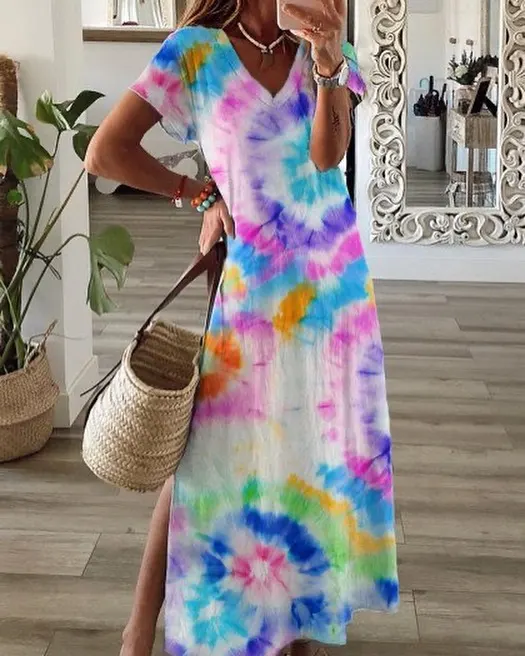
10. Pumpkin Tie Dye for Halloween
Use orange, black, and green dyes on white or gray T-shirts to create festive pumpkin-inspired patterns. A great project for kids and fall-themed events.
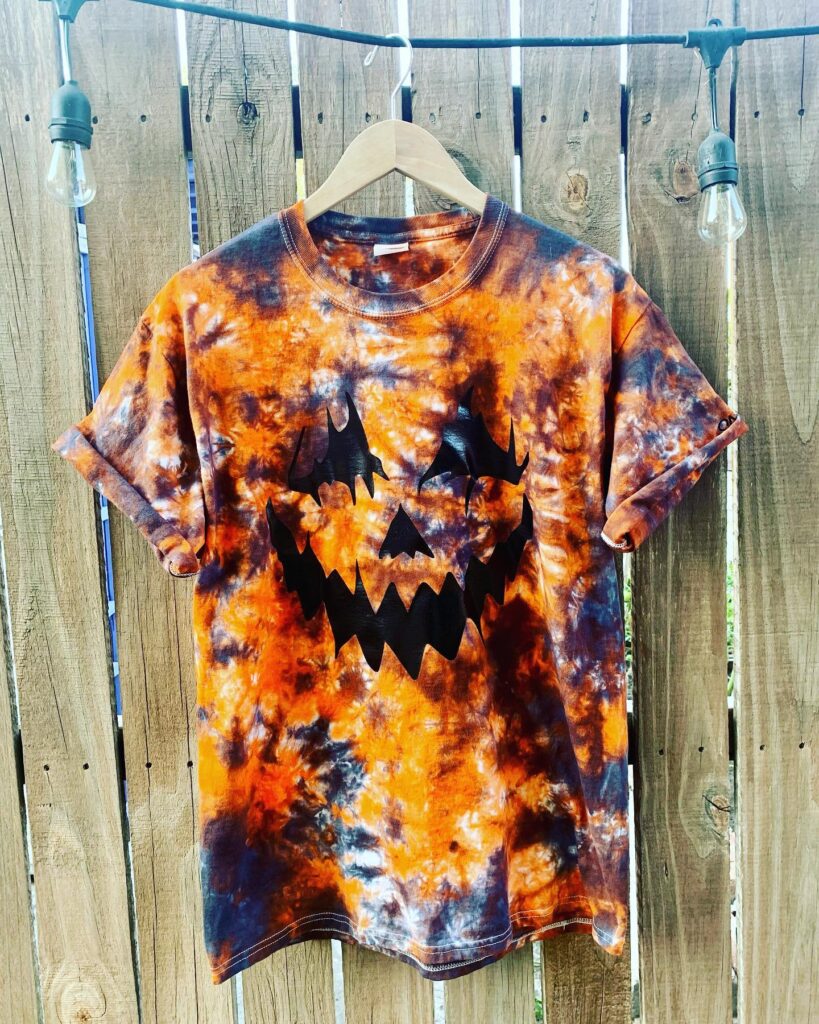
You can also try checking out more DIY crafts to try from the comfort of your home:
10 Stunning Batik Ideas to spark your Next Creative Project
20 Crochet Ideas to Inspire Your Next Art Project
Frequently Asked Questions
What can you make with tie-dye?
Tie-dye can be used to personalize and refresh a wide variety of items, from everyday clothing like T-shirts, hoodies, and socks to home accessories such as pillowcases, curtains, tote bags, and wall hangings. You can also get creative with seasonal projects like Halloween-themed shirts, patriotic bandanas, or ombré dresses. The versatility of tie-dye allows it to be both artistic and functional across fashion and decor.
What items are best to tie-dye?
Natural fabrics like 100% cotton, rayon, linen, and silk are best for tie-dye because they absorb dye well and hold vibrant colors. T-shirts, bedsheets, scarves, tote bags, and even canvas shoes are popular choices. For best results, always pre-wash items to remove any sizing or finishes that might block the dye from penetrating the fabric.
What is the easiest tie-dye pattern?
The crumple (or scrunch) technique is the easiest pattern for beginners. You simply crumple the fabric randomly and apply dye in different spots, creating an abstract, marbled look. It requires no folding precision or symmetry, making it foolproof and ideal for first-time tie-dyers or kid-friendly crafts.
What tie-dye colors look best together?
Color combinations that sit next to each other on the color wheel, like blue and green or red and orange, create smooth blends and vibrant effects. For a bolder look, pair complementary colors like purple and yellow or teal and coral. Limiting your palette to two or three harmonious shades often produces the most aesthetically pleasing results without muddying the design.
Conclusion:
Tie and dye allows you to transform simple items into unique, wearable art. From vibrant spirals to subtle Shibori, these techniques offer something for every style. Grab your dyes, pick your fabrics, and let your creativity unfold—one twist and fold at a time.

